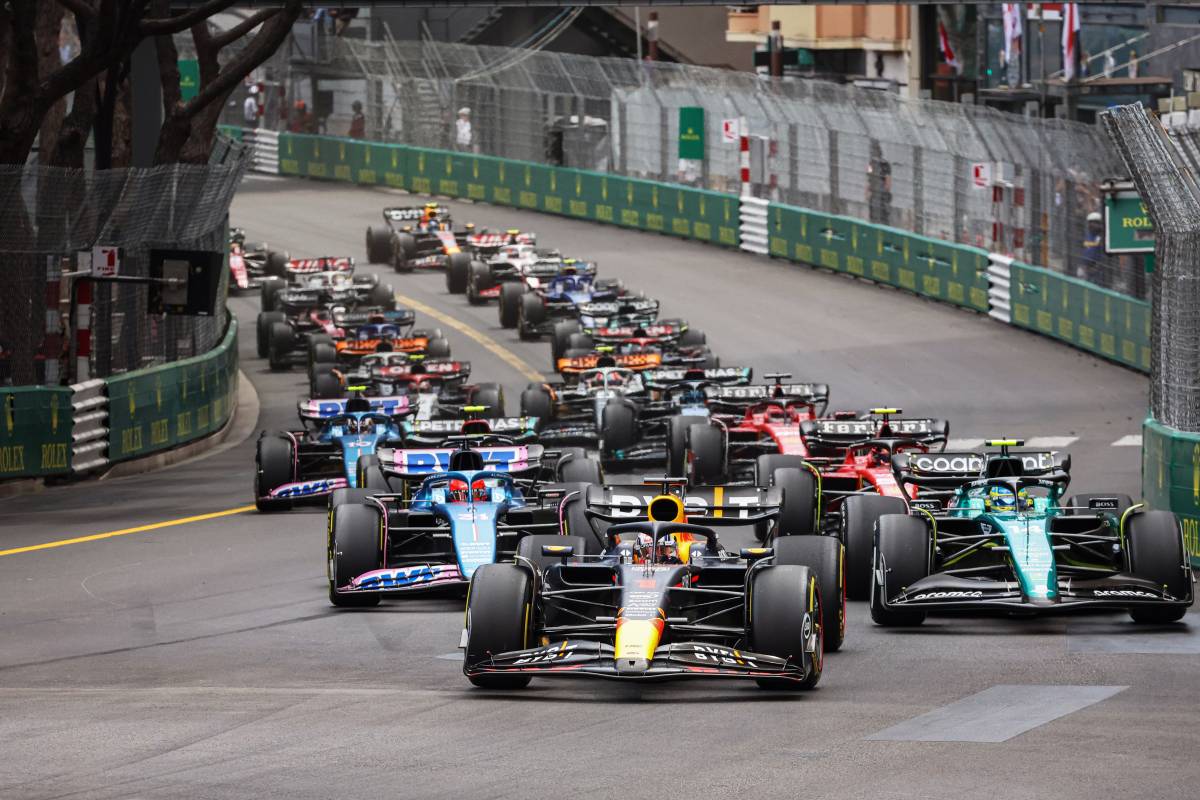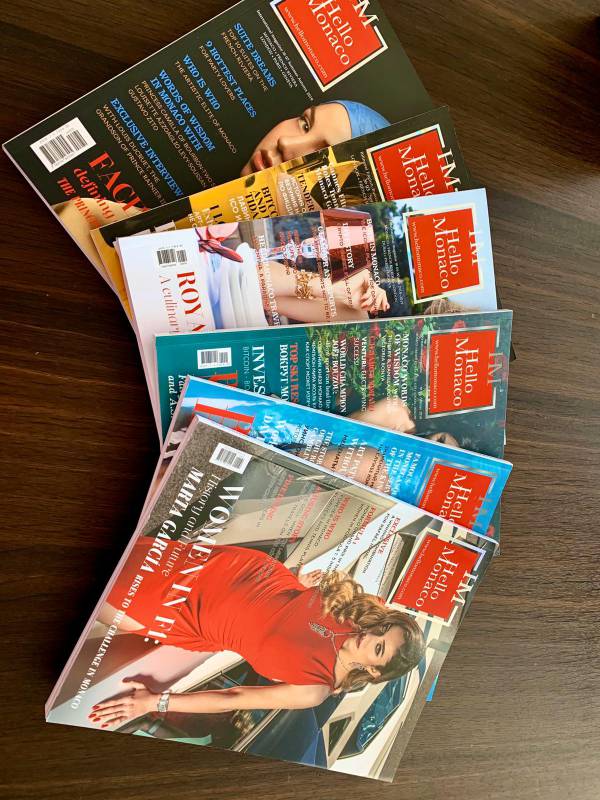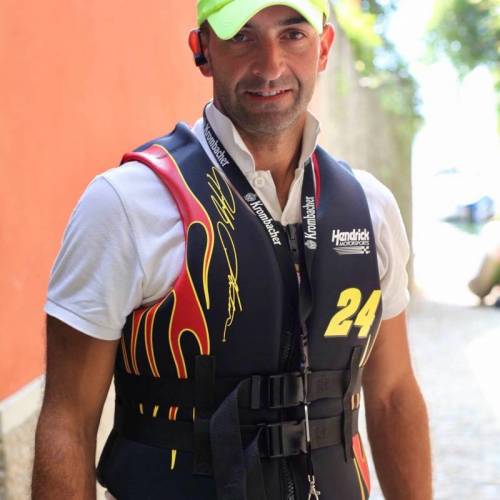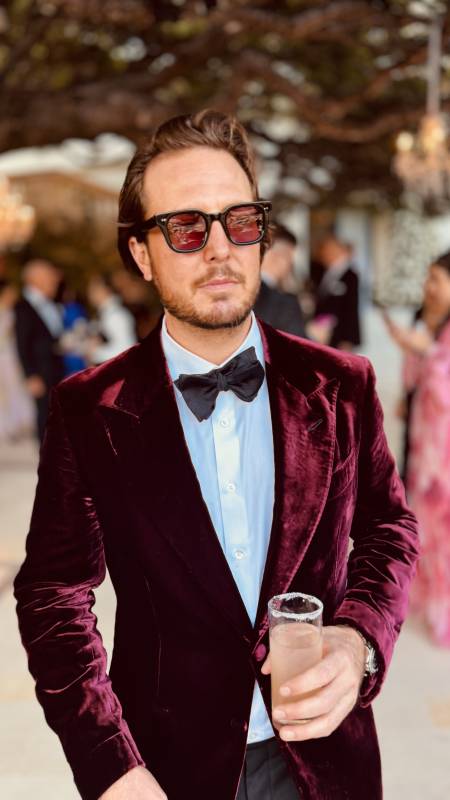In the spirit of the great balls of old times, on Saturday, July 22, 2017, at the splendid Villa Ephrussi de Rothschild in Saint-Jean-Cap-Ferrat, the 2nd edition of the Ball of Baroness Beatrice will be held. For its second edition, the Ball of Baroness Beatrice invites you once again to regain the spirit of the Great Costumed Balls which animated the worldly life at the end of the 18th century and the beginning of 19th century. The costume ball’s theme this year will be dedicated to Orientalism and Japanism.
This “jump in time” became possible also thanks to Calypso de Sigaldi, one of the founders and vide-president of the cultural association AIDA Monaco. Born into one of the oldest Monegasque families, Calypso is also a descendant of a line of artists who embraced contemporary means of expression. Her grand-mother, Emma de Sigaldi was one of the great sculptors of her era and some of her works can be found among sculptures in the Fontveille park in Monaco. With very diverse cultural background in her family, it was only natural that Calypso should turn to a form of artistic expression from her generation, fashion photography, before moving into art photography.
She had the good fortune to meet with the descendant of Count Etienne de Beaumont, who was one of the last masterminds of these great costumed balls which showcased the wealth of the French Aristocracy towards the end of the 19th century and the beginning of the 20th century. These balls were staged by renowned artists such as Jean Cocteau, or couturiers such as Paul Poiret. Calypso de Sigaldi admitted that she was immediately seduced by the unbridled creativity of these evenings where artistic sense and attention to detail blended luxury and fantasy. At the eve of the 2nd edition of the Ball of Baroness Beatrice, she shared with HelloMonaco the history of costume balls, about guests and the programme of the event of this year which might become the annual event now.

Where did you get the idea of the Baronne de Béatrice Ball?
Once I met with the descendant of Count Etienne de Beaumont, who was one of the last masterminds of these great costumed balls and was immediately seduced by the unbridled creativity of these evenings where artistic sense. These balls brought aristocrats, princes and notables from all over Europe. My friend allowed me to flip through the photo albums of these splendid and eccentric evenings, which her family carefully preserves. The photographs reflected an atmosphere far removed from what we think of the High Aristocracy of the time. They were obviously so confident in their social status, they allowed themselves to be self-deprecatingly silly and relaxed. These characters, who today make up history, succeeded in bring out the superb in accoutrements as surprising as a peacock costume!… And obviously they had a lot of fun!
I wanted to share with our contemporaries this somewhat forgotten page of our culture and invite people to rediscover this sense of chic—a bit polished and whimsical, while still remaining elegant. The stunning Villa Ephrussi de Rothschild, where the Baroness Béatrice de Rothschild herself organized many of these evenings in a clever mix of personalities and artists, was clearly the ideal place to revive this creative celebration, which is part of our heritage.
How do you choose themes for this event?
Last year, I wanted to put these evenings back into their era, since the apex of these Great Balls corresponds to the Belle Époque (1870 – 1914). There were some before this time and they continued until the 1950s. The Count of Beaumont made his last ball in 1949, during which Christian Dior appeared dressed as a Lion, to represent “The King of the Jungle.” Since that year, the theme of the ball was “Kings and Queens”. However, the most emblematic costumed balls date from the Belle Époque. This period was also the founding moment in the notoriety of the Côte d’Azur, with the massive arrival of the great international socialites, who enabled the Riviera to develop most of the infrastructures that still make its reputation. I wanted to tell this story and to make an “easy” theme for the first edition, which imperatively needed to be understood. On the strength of the success of this first opus, I allowed myself to be more creative with the theme for 2017, to regain the true flavour of what these balls were, while remaining in this same era in which there is the infatuation of the high society of the time.

Why did you choose Orientalism and Japanism as the theme of the second edition of the Ball?
We have forgotten today that Orientalism and Japanism are beyond mere styles. They were major artistic movements that allowed Western art to find a new impetus in practically all areas of creation: painting, illustration, fashion, literature, theatre, music, dance, art & craft, architecture, etc. Practically all the major artistic movements from Impressionism to Art Nouveau (by way of Art Deco) were all derived from these currents. Our western society as a whole has evolved thanks to the enthusiasm for Orientalism and Japanism.
In addition, the great fashion of the costumed balls of the Belle Époque was to organize Persian Balls. The most famous of them “Ball of the Thousand and One Nights” organized by the Marquise de Chabrillan, who entrusted the artistic direction to the Couturier Paul Poiret, dated 1910. It therefore seemed pertinent to propose to revive a real costumed ball for 2017, with a theme offering the possibility to revisit this fantastic and cheerful spirit, through the colours of the fantasized orient of that time. We will evolve each year in the themes to talk about a page of our history, our heritage. And we’ll do it in an offbeat, surprising way, in spite of our tendencies. Being a “fashionista” and having evolved in the world of fashion, I realize that the themes that inspire me at a specific moment often echo global fashion trends. If you look at the fashion collections presented this year, many of them show Japanese and Oriental influences.
Who made the guest list this year? Where do they come from, what is their social or professional status, etc?
Of course, this is not an event that is open to all. Beyond the exceptional venues, the event has a programmatic richness, which leads our guests to different staging, shows, and a dinner where Chef Joannès of the Fairmont Monte-Carlo prepares for months to offer the taste buds a surprising menu that sticks to the theme. All this makes the event appeal to social elite. We of course invite Monegasque residents, people who have properties on the Côte d’Azur but we also have many guests who come from afar to attend the event. We have people from all over Europe and, surprisingly, we also have the pleasure to welcome a few guests from New York and Boston! What is very seductive during this evening is to note the very spontaneous exchange that has been created between the generations, we have among our guests some great sexagenarian aristocrats, happy to find a ball that is familiar to them, having seen their parents prepare themselves and who, naturally, extended their hand to the youngest by telling them “It is up to us to show you how to have fun!” And the young people loved it because everything is there…the idea is to have fun!

Talk about the AIDA association: what is its purpose, what activities are organized by AIDA (apart from the Ball of the Baroness Beatrice)?
Mykhailo Kulyniak (former Minister of Culture of Ukraine) and I wished to found the AIDA association, just two years ago, through a simple observation that intercultural exchange can promote harmony in the world. This applies to the internal structure of our association since we come from very different backgrounds. Mykhailo Kulyniak is also a classical musician who was for a long time the first violin of the Hearts of the Red Army. My personal journey is more focused on contemporary artistic expression, through the fashion photography and the artistic direction of advertising visuals of luxury brands. We were trained in different creative gymnastics and yet we felt a common core in the message we wanted to convey.
We remain convinced that art and culture are essential elements to understand and analyze the world in which we live. Whether we are a businessman, a scientist, a politician, an artist or a simple human aspiring to a harmonious life, our decision-making and understanding of what surrounds us is determined by our knowledge and sensitivity to capture the other. Art and Culture are keys, but these are too often presented in an academic way or in a form of opacity that make them look off-putting. We want to share our enthusiasm and as for myself, I will definitely be a lifelong “brat” who is bored easily, so I try to present my artistic enthusiasms in a playful way.
As our associative capacities are still limited, we aim to build an artistic season around a theme where we alternate, according to our possibilities, public events, free and open to all, such as the exhibition “Exotic Passions of the Belle Époque,” which is currently presented at the Interview Show of the Novotel-Monte-Carlo. It is free admission, open every day from 8 am to 10 pm until July 20. And we organise our private evenings such as Le Bal de la Baronne Béatrice, which is the highlight of our artistic season.
From 23 July to 20 August, the exhibition “Fantasmes d’Orient”, which brings together 10 paintings specially created for the theme by Elizabeth Wessel, will be open to the public at the Grand-Hôtel du Cap-Ferrat, a Four Seasons Hotel. Through each of our manifestations of this 2017 cultural season, we try to present a comprehensive account of what Orientalism and Japanism were, and what these two movements have brought to our contemporary society.
Does the Princely family support your association?
We regularly receive nice messages from the Princely Family, and we are very touched! It is very encouraging for us to feel this kind acknowledgement about what we are undertaking.
Furthermore, because we believe that the Principality of Monaco has built a remarkable associative framework, we try to collaborate with other associations whose mission seems essential to us. Thus, through our research on the theme we are presenting this year, we discovered the illustrator George Plank who realized all the covers of the American magazine Vogueuntil 1935. So we found an old charitable practice that we found original and remarkable. Between 1908 and 1935, the American Vogue and the Waldorf Astoria Hotel in New York organized a large annual ball in which American women bought a photo shoot for charity, identical to one of the covers of the magazine designed by George Plank.
As our exhibition “Exotic Passions of the Belle Époque” brings together Orientalist and Japanist portraits by artists such as Monet, Klimt, Léon Baskt and around twenty other renowned artists, we have in turn created “Your Masterpiece Portrait”, where Monegasques will be able to buy a photo shoot with a professional team to recreate one of these masterpieces. The cost is €1,500, which includes the photographer, make-up artist, hairdresser, and stylist (who will all work voluntarily) and proceeds will go to AMADE Mondiale, an association which does remarkable work in the protection of child rights throughout the world, and whose President is HRH Princess Caroline of Hanover. We hope a lot of people who, by doing a good deed, will offer themselves an artistic portrait that they can compare to the work of a great Master.
Do you consider other projects? Open to the general public, for example? Or do you prefer to focus on private events such as the Ball of the Baroness Beatrice?
We wish to evolve to offer even more events than the 3 or 4 annual events that we currently produce as part of our artistic season; we always try to alternate between private and public events. We will keep this theme of the “Artistic Season” as major summer events but we would like to propose throughout the year “Arthéma Nights,” a kind of friendly and ‘Happening’ evening, with entertainment by visiting international artists. These events would be affordable and aimed at a wider audience, but would retain a small scale with a limited number of participants. In fact, we are full of ideas to make people love art and culture.Young people of course represent an important target for us, and we do not wish to leave them out, even though they are sometimes difficult to entice! However, it all depends on our members, patrons and supporters who will have the chance to rally around our ideas. Again, we are a very young association!








